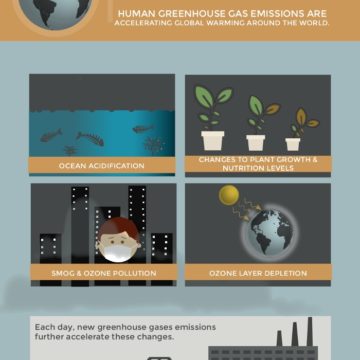Earth has a Fever
Earth’s average temperature has risen over 1º F in the past century. It is projected to rise an additional 3º to 10º over the next 100 years. Data from NASA’s global network of satellites, airborne missions and surface monitoring systems is used to build climate models that help us understand the causes and effects of global warming.




